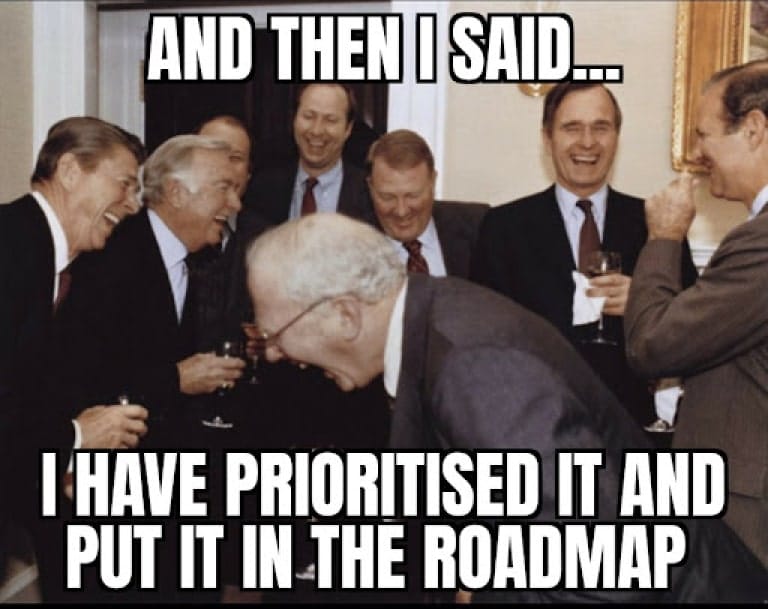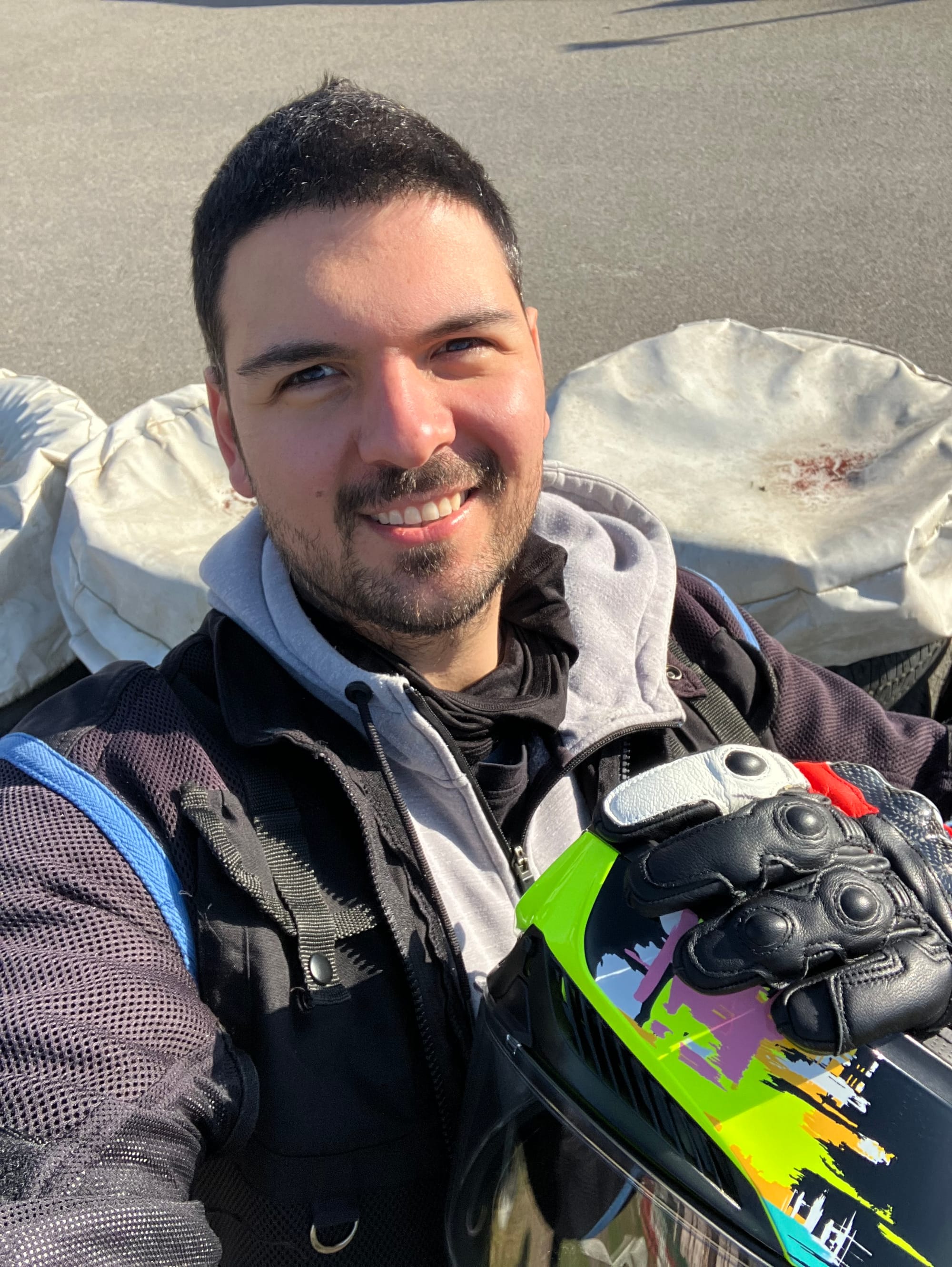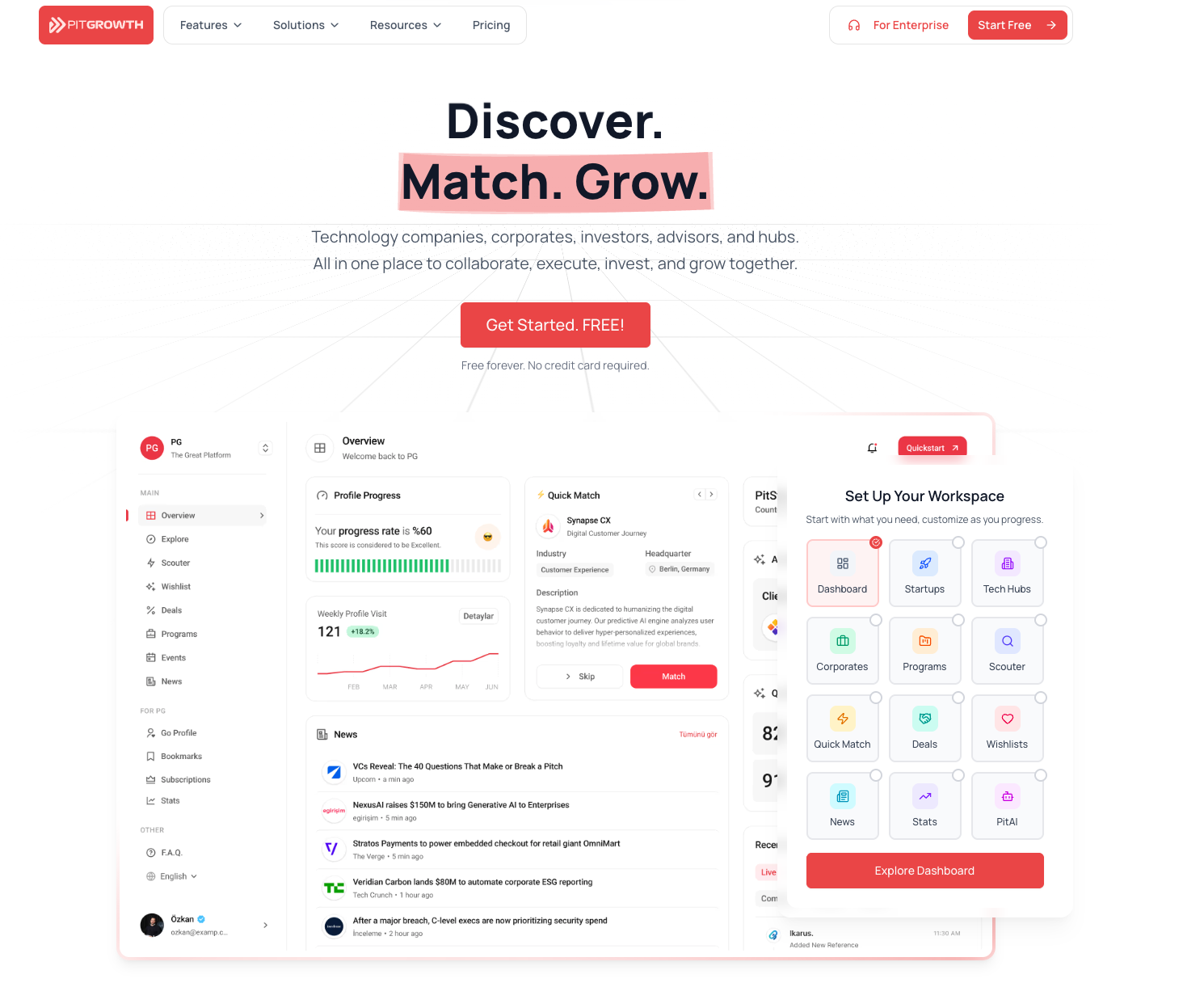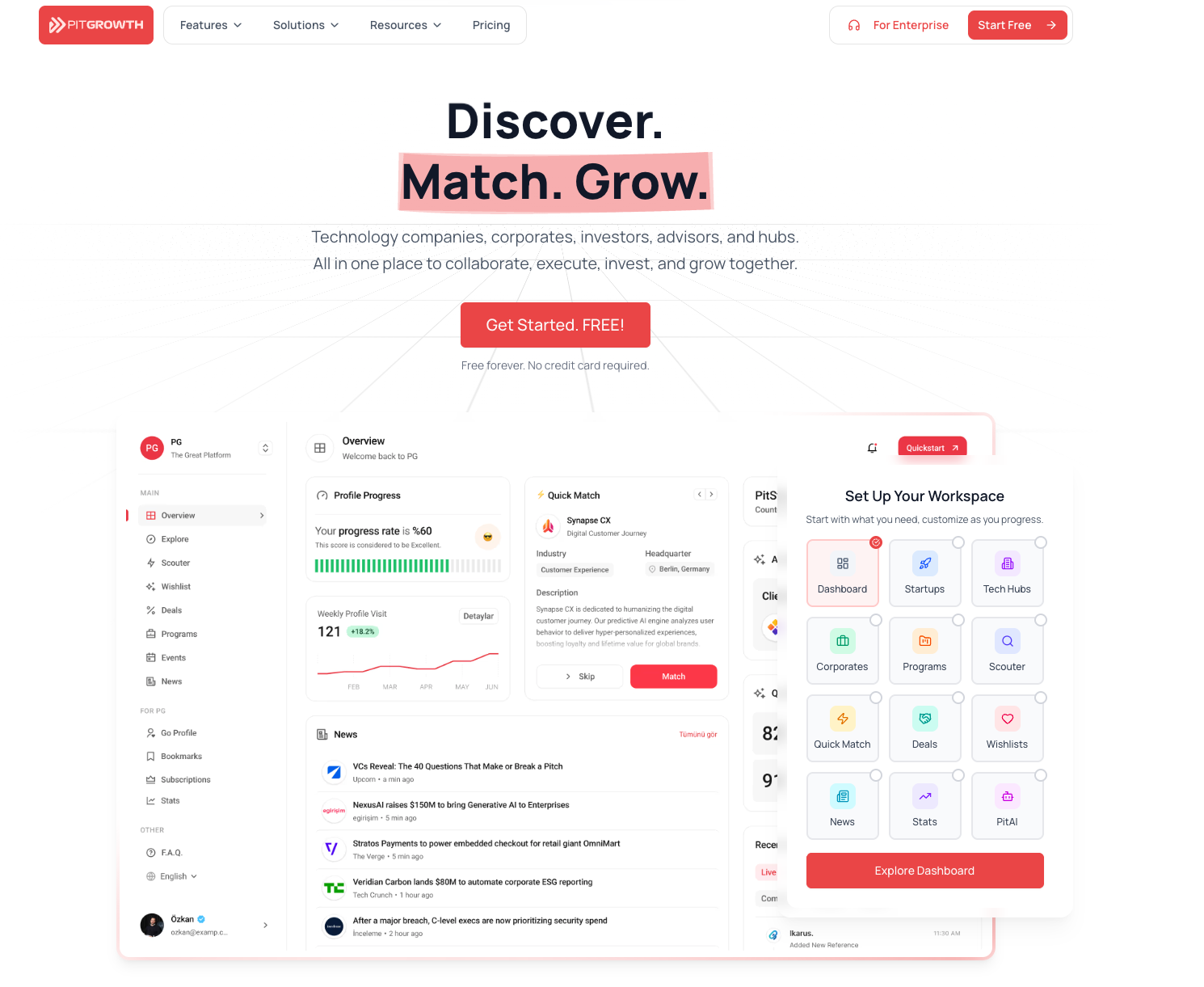Reaching $1M in Annual Recurring Revenue (ARR) is a meaningful milestone for any SaaS startup—it signals strong product-market fit. But real growth begins when you go beyond. The leap from $1M to $10M ARR isn’t just about scaling users—it’s about evolving the product into a platform.
In this playbook, we break down the critical product strategy shifts that power this transformation and share best practices for building a platform company, not just a product.

1. The $1M Milestone: A Single Feature That Delights
Most SaaS startups hit $1M ARR with a single, razor-sharp feature that solves a deep problem for a tightly defined Ideal Customer Profile (ICP). It’s lean. It’s fast. It creates delight.
But that feature is not the destination—it’s the Trojan horse. It wins the first user, opens the door, and reveals the potential for something far bigger. Founders who see this early treat the feature not as the product, but as the first chapter of a platform story.
2. From Feature to Framework: Building Modular Product Architecture
Once you’ve hit traction, it’s time to scale depth and breadth—without losing focus.
- Deepen the value for your ICP with feature extensions and advanced use cases.
- Expand horizontally by unlocking adjacent segments through naturally requested modules.
This is where modular product strategy takes over. Each new module doesn’t just add functionality—it increases average revenue per customer and plants the seeds for platform identity.
3. Platform Thinking: Sequence Over Speed
Great SaaS companies don’t grow chaotically. They scale intentionally—with sequencing.
- New features are released in a carefully designed order.
- Customer migration is guided, not rushed.
- Pricing evolves in sync with perceived value.
This methodical growth path is the foundation of feature-led growth (FLG)—where the product becomes the growth engine, not just a tool that needs selling.
4. Internal Spread: When Your Product Becomes Infrastructure
The strongest signal that you’re building a platform? Your product starts behaving like infrastructure.
It’s no longer used by a single team—it’s adopted company-wide. It integrates deeply. It becomes mission-critical.
This internal expansion phase results in:
- Higher enterprise retention
- Increased switching costs
- Product centrality in the customer’s operating system
Most startups witness this inflection around $10M ARR—if they’ve architected for it.
5. Proven SaaS Product Strategies for $1M → $10M ARR
Here’s what separates companies that plateau from those that platform:
- Nail your first ICP. Don’t chase everyone—go deep and own your niche.
- Let feedback drive roadmap. Your next best feature lives in your support tickets.
- Build in modules, not features. Structure your product like a system, not a stack.
- Sequence everything. From onboarding to expansion, time is a feature too.
Final Thought: From $1M Feature to $10M Platform
Your first million comes from a lovable product.
Your next nine come from a product that transforms.
The real leverage isn’t in having more features—it’s in crafting a platform with purpose.
- $1M ARR = Product-market fit + Delightful single use case
- $10M ARR = Modular architecture + Strategic sequencing + Deep customer adoption
This is the journey of the best SaaS companies—not just higher revenue, but deeper retention, stronger defensibility, and real platform power.
Want to explore more?













Discussion